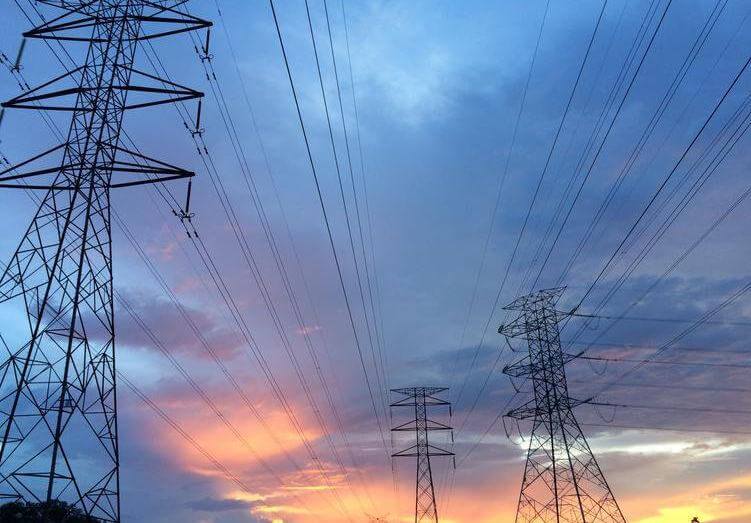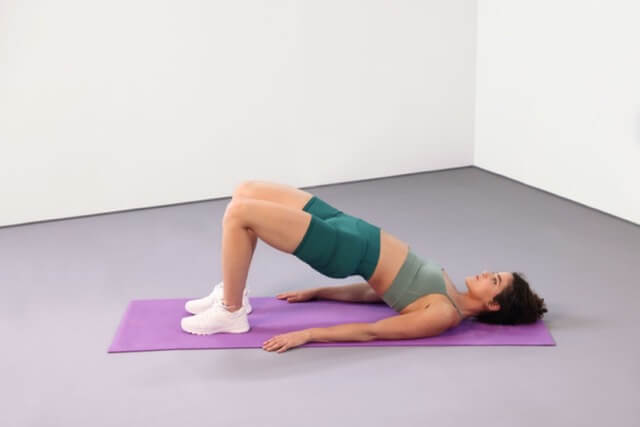Author: Randeep Singh / go to all articles on Yoga cure
Yoga for disorders of nervous system:
The science of Neuro autonomy tells us about three different levels of differentiated conscious levels, the nervous energy functions in our bodies in. These three levels are conscious, sub-conscious, and super-conscious.
All these three levels are completely integrated into each other, which we need to separate out for the purpose of their study. Yoga for disorders of the nervous system help one balance the three levels.
When we are awake we are aware of the working of our conscious mind through the sensory (afferent) and the motor (efferent) divisions of our nervous systems. The five sense organs are just the receptors of the respective sensations which then direct them to the brain via the sensory nerves. The brain interprets these signals or sensations and accordingly directs the action to be taken, which is required for the proper functioning of the body, through the motor nerves.
All the main spinal nerves branch out horizontally at different places from the spinal cord from the ganglion like structures which function as junctions of the messages which are relayed to and from the brain via the network of nervous system. The sensory nerves, nerves which carry sensations from the sense organs to the brain, branch out from behind the ganglion and the motor nerves, the nerves which carry the signal for action from the brain to the respective muscles, branch out from the front of the ganglia.
These ganglia are vertically intersected by the length of the spinal cord, thus they lie at the intersection of the horizontal and vertical components of the nervous system. These ganglions are mentioned as Chakras in the Hatha yoga texts. The excitation generated in these ganglia due to the passage of the electrical impulses (nerve impulses) from the vertical to the horizontal nerves can be experienced by anyone who is in a state of deep concentration.
The part of the brain which regulates and coordinates the coming in of the sensory inputs , their interpretation and then sending of the befitting motor impulse for the intended reaction back to the targeted muscle is called the cerebellum.
In reality the sensory inputs reach different areas of the cortex in the brain from where the motor reaction is initiated, but regulated by the cerebellum. Thalamus is another part of the brain which acts as a relay station between the incoming sensory signals, cortex and the cerebellum.
Sensory inputs from the eyes, the ears reach the cortex via the thalamus. Different sensations are registered in the form of memory in the cortex from where the reactions to these sensations are relayed down the nerve channels to the muscles which would be initiating the required action.
Cortex is also the seat of thoughts and which along with the stored memories provide the data to the brain for decision making. The lymbic system within the nervous system is the seat of all emotions. Creativity emerges when the lymbic system is in harmony with the sensory, motor and the autonomic nervous system. The lymbic system keeps the self from dissipating into two levels of consciousness, keeps it focused, for providing the self the joy of creation and existence.
While we are awake we remain aware of our motor reflexes but while we sleep the charge of the physiological functions of the body goes under the autonomic nervous system. Autonomic system is at work when we react unaware, in an unusual manner whenever faced with an emergency, because autonomic nervous system has access to the sub conscious mind from where it retrieves the information for handling the emergency at hand without the knowledge of the conscious mind.

Yoga for Disorders of the Nervous System – Neurological Problems
The yoga poses to stimulate the nervous system are basically meant to make us aware of the working of our autonomic nervous system while we are awake. A yogi does this first by getting into a posture in order to restrict any physical movement (as happens in sleep).
Then by establishing the control on the breathing process the autonomic nervous system activated by now creates a balance between the parasympathetic nervous system and the sympathetic nervous system through the vagus nerve. then through high concentration the modifications of the mind are suspended which calms the mind at the conscious level.
Degeneration of the nerve tissues, neurons, can lead to a number of nervous system disorders. This degeneration of the nerve cells id due to the lack of proper blood circulation in the spine which is again dependent on the strength of the muscles responsible for holding the spine in position.
Asanas to balance the nervous system specifically include the ones which stretch and twists the spine. Yoga for nervous tension includes intense forward bends wherein the spinal cord is stretched to its maximum limit which enhances the elasticity of the muscles of the spine. These yoga asanas forming the part of the nerves strengthening yoga influence these muscles in a synergic manner which activates the spine improving the circulation within it.
Some of the asanas forming the yoga for strong nervous system aid in the stretching of the spine from its lowest limits; the lumbosacral region which activates the otherwise dormant nerves coming of this section of the spine, which normally isn’t accessible through most of the other asanas, helps in maintaining the health of the organs which receive the nervous inputs from these nerve channels.
Yoga for neurological problems when done with ease and a relaxed mind help loosen up the articulations of the spine, also adjusts any subluxations of the vertebrae which relieves any pressure on the spinal nerves present due to faulty posture and carriage habits. The pranayamas for nervous system can be done as a separate practice and can also be incorporated in the yoga for nervous tension techniques for purifying the nervous system of any impurities.
Asanas and Pranayamas to Calm the Nerves
More interesting articles….

